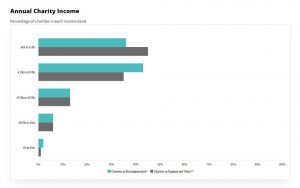Fuel poverty is an important dimension of financial insecurity as it measures both household energy efficiency and low income to outline which areas in the county might be more susceptible to rises in energy prices. The Department for Business, Energy and Industrial Strategy (DBEIS) produces data to estimate the number of households in Fuel Poverty.
The definition of fuel poverty is based on the Low Income High Costs framework, where a household is in fuel poverty if their required fuel costs are above the national median average and, were they to spend that amount, they would be left with an income below the official poverty line.
The benchmarks in the graph suggest that the percentage of households in fuel poverty in Buckinghamshire is lower than the percentage in the South East (8.6%), but that there are areas in Buckinghamshire which experience higher levels of fuel poverty.
Percentage of Buckinghamshire households in fuel poverty (2020)
7.3%
Households in Fuel Poverty
Percentage of households in fuel poverty as of 2020 (published 2022) Ward Areas
No Data Found












